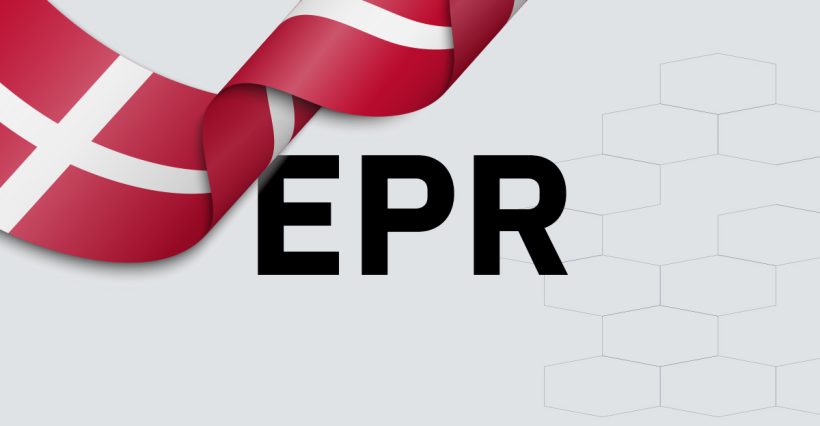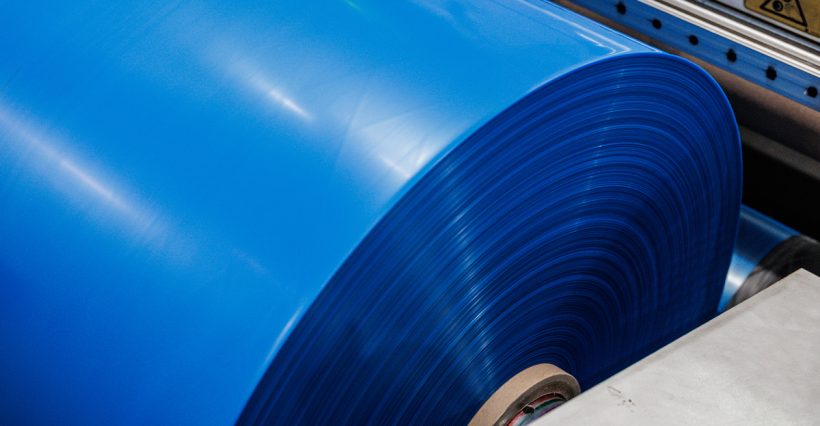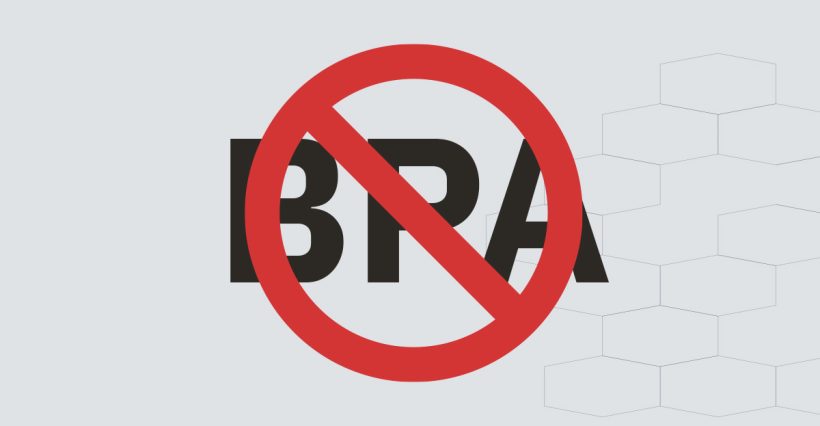PCR stands for Post-Consumer Recycled. This refers to plastic produced from consumer waste material discarded by households, commercial businesses, industries and institutions. As post-consumer waste is one of the largest waste streams globally, reducing this stream is an important environmental goal.
By converting post-consumer waste into raw material, PCR plastic is a highly sustainable solution. In this article, we answer frequently asked questions about PCR plastic and its application within the packaging industry.
How is PCR plastic made?
The process starts with the collection of post-consumer waste. After careful sorting-both mechanical and manual-the material is cleaned, melted and processed into plastic pellets (also called regranulates or pellets). These PCR pellets are then used to make new plastic products, including flexible packaging.
PCR versus PIR: what's the difference?
Where PCR comes from end-user waste (such as used packaging), PIR or Post-Industrial Recycled-to industrial waste generated during production processes. Think cutting residues, production errors or surplus.
PIR is often recycled directly within the same plant and is therefore less available on the open market. PCR requires external collection and sorting, and is less uniform in quality-but it offers greater environmental benefits because of the size of the waste stream. Read more about the difference between PIR and PCR.
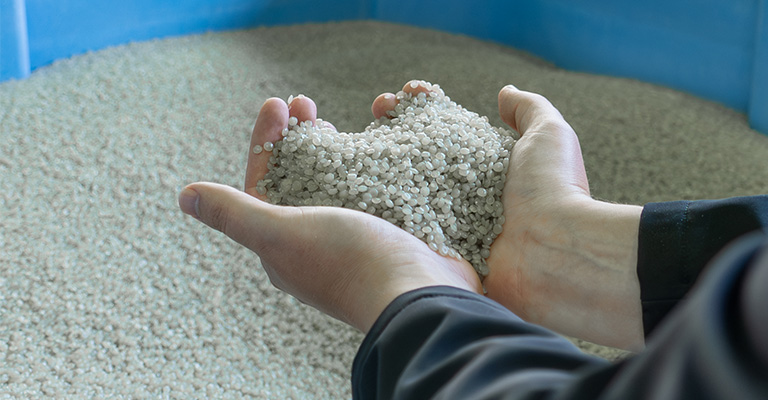
Advantages of PCR material
The use of PCR material in packaging offers both environmental and economic benefits, especially in light of the upcoming PPWR legislation and increasing pressure on packaging taxes:
- Reducing the use of fossil resources
- Up to 85% lower CO₂ emissions compared to virgin material
- Lower water and energy consumption during production
- Substantial reduction of plastic waste
- Reusability and recyclability after use
- Demonstrable contribution to circular packaging targets according to PPWR
- Positive impact on brand image towards consumers and retail partners
- Eligible for tax breaks or discounts on packaging tax in various EU countries
- Supporting the circular economy
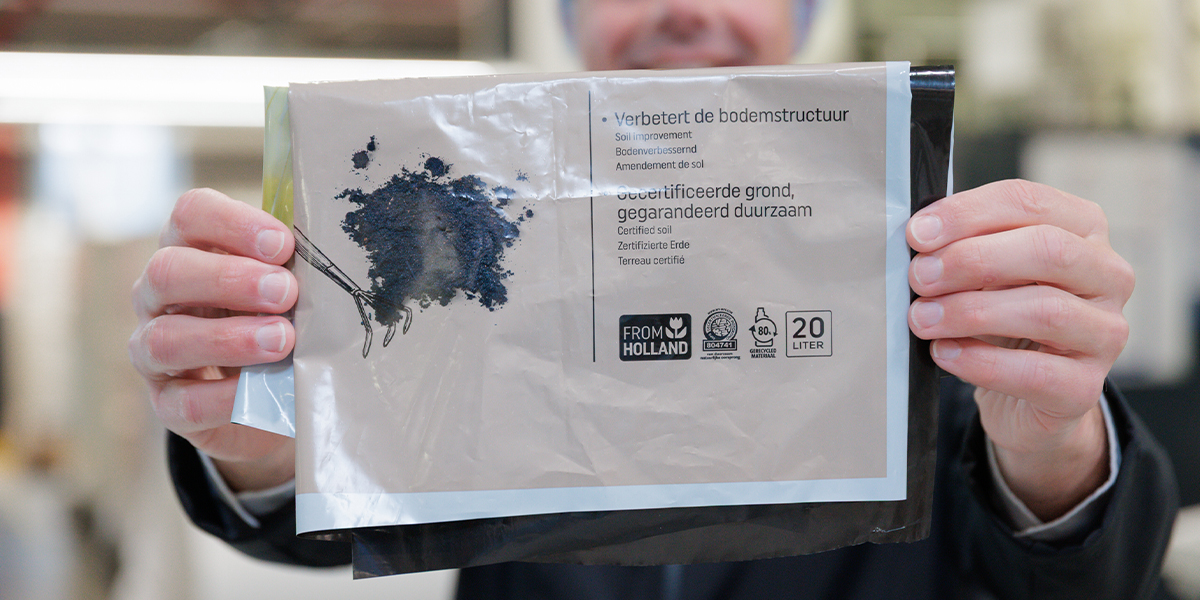
| Film for packaging potting soil made of 80% PCR
Challenges of PCR plastics
Besides advantages, there are also some concerns:
- Food contact restrictions: According to current legislation, PCR cannot be used for direct food contact, regardless of the layer structure.
- Varying quality: Due to the wide origin of the waste, its purity varies.
- Limited colour options: Light and transparent colours are more difficult to achieve with a high percentage of PCR material. Medium and dark colours are generally well achievable.
Our recycling site REKS specialises in precise manual separation, leading to higher purity and wider applications.
In which packaging do we apply PCR material?
At KIVO, we produce a wide range of flexible packaging solutions based on PCR material, using recycled LDPE and HDPE. We guarantee that these raw materials come from certified post-consumer sources.
Thanks to our technical know-how and the capabilities of our in-house recycling site (REKS), we can offer the optimum combination of performance and sustainability for each application. Examples of applications:
- Shrink film with up to 50% PCR and a thickness from 35μm onwards
- Potting soil films with up to 80% PCR for non-food applications
- Transparent and semi-transparent collection bags with up to 99% PCR
- Construction films and cover materials
- Bags for industrial applications and retail
- Transport packaging (non-food)
- Inner bags in cardboard outer packaging (non-direct-food-contact)
Each application requires customisation. Together with the customer, we analyse what is technically feasible and legally permissible-also in the context of the PPWR requirements for 2030 and beyond.
Where does our PCR come from?
PCR materials are derived from post-consumer plastic waste from across Europe. Our REKS recycling plant has a capacity of 18,000 tonnes per year. This reduces our dependence on exports to Asia and increases quality and traceability control.
REKS meets strict European standards for water and energy management, labour safety and REACH compliance, among others. So you are assured of high-quality, safe and responsibly produced packaging with certified PCR material.
Curious about using PCR for your packaging?
Our specialists are happy to think along with you. Contact us using the form below and receive tailor-made advice without obligation.

